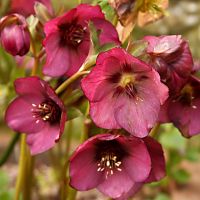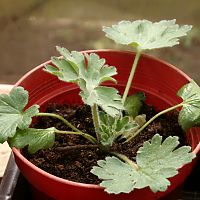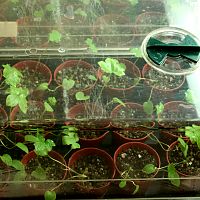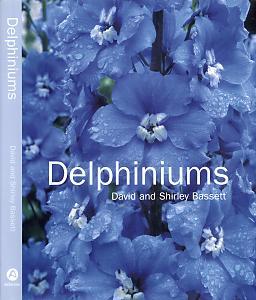| WELCOME to the BLOXHAM - BROUGHTON region of North Oxfordshire |
In these pages, David & Shirley Bassett share their experiences in growing
DELPHINIUMS
Details of our Book are given below
TOPICS
This page was last updated 24/03/13
Background: View to Broughton across a crop of autumn sown Oil Seed Rape in late March 2013
| 5.Delphinium Society Show | Consider joining the Delphinium Society if you love delphiniums |
![]()
 |
 |
 |
|
 |
OUR BOOK "Delphiniums" by David and Shirley Bassett ISBN (13digit) 9780713490022 was published in the UK in November 2006 by Batsford, an imprint of Anova Books Company Ltd. It can be ordered direct from the publisher at their website: www.anovabooks.com In North America the book is published by Timber Press and can be ordered from their website: www.timberpress.com Alternatively, try other booksellers, eg Amazon |
| Extensively illustrated with our photographs, this 160 page book has a detailed survey of delphiniums in cultivation and also includes a survey of wild delphiniums from around the world. We discuss the basis of breeding cultivated delphiniums and describe how we make crosses. We describe how delphiniums may be used in gardens and give details of cultivation methods for plants in the open ground and containers. We describe how to raise delphiniums from seed, how to propagate them from cuttings and the pests and diseases that can affect them. We include details of special procedures required for growing some wild delphiniums. |